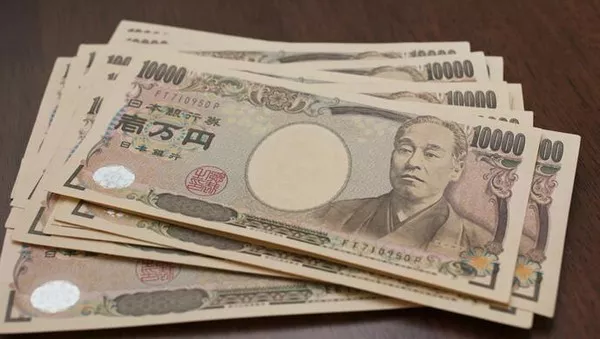The Japanese Yen (JPY) is retreating from its recent gains against the US Dollar (USD) following the release of Tokyo’s Consumer Price Index (CPI) data on Friday. The uptick in Tokyo inflation reinforces the Bank of Japan’s (BoJ) hawkish stance, lending support to the Yen and exerting downward pressure on the USD/JPY currency pair.
The Tokyo CPI rose to 2.6% year-on-year in August, up from 2.2% in July. Core CPI also edged higher to 1.6% YoY in August, slightly above July’s 1.5%. Additionally, Japan’s unemployment rate unexpectedly increased to 2.7% in July, surpassing both market expectations and June’s 2.5%, marking the highest level since August 2023.
Despite the Yen’s strength, the downside for the USD/JPY pair may be limited as the US Dollar holds onto recent gains driven by stronger-than-expected economic data released on Thursday. However, dovish remarks from the Federal Reserve could temper further gains for the Greenback.
Investors are now eyeing the upcoming release of the US Personal Consumption Expenditure (PCE) Price Index for July, set to be released later in the North American session, as they seek clues on the future direction of US interest rates.
Market Movements: Yen Inches Higher After Tokyo Inflation Data
The CME FedWatch Tool indicates that markets are fully pricing in at least a 25 basis point (bps) rate cut by the Federal Reserve at its September meeting. On Thursday, Federal Reserve Atlanta President Raphael Bostic, a key hawk on the Federal Open Market Committee (FOMC), suggested that it might be “time to move” on rate cuts due to cooling inflation and a higher-than-expected unemployment rate. However, Bostic emphasized the need for confirmation from the upcoming monthly jobs report and two inflation reports before the September meeting.
US economic data released this week showed that the Gross Domestic Product (GDP) grew at an annualized rate of 3.0% in the second quarter, exceeding both the expected and previous growth rate of 2.8%. Meanwhile, Initial Jobless Claims for the week ending August 23 fell to 231,000, slightly below the forecasted 232,000 and down from the previous week’s 233,000.
In the second quarter, the US Core Personal Consumption Expenditures (QoQ), the Federal Reserve’s preferred measure of underlying inflation, rose by 2.8%, just below the market forecast of 2.9% and significantly slower than the 3.7% growth observed in the first quarter.
Japan’s FX Outlook and BoJ’s Policy Stance
Japan’s Finance Minister Shunichi Suzuki remarked on Tuesday that foreign exchange rates are influenced by various factors, including monetary policies, interest rate differentials, geopolitical risks, and market sentiment. He noted the challenges in predicting how these elements will affect currency rates.
On Friday, Bank of Japan Governor Kazuo Ueda addressed the Japanese parliament, stating that he is not considering selling long-term Japanese government bonds (JGBs) as a tool for adjusting interest rates. Ueda mentioned that any reduction in JGB purchases would only affect about 7-8% of the balance sheet, a relatively small decrease. He added that if the economy aligns with BoJ’s projections, there could be a phase where interest rates might be adjusted slightly further.
Technical Analysis: USD/JPY Holds Below 145.00
As of Friday, the USD/JPY pair is trading around 144.80. Daily chart analysis shows that the pair remains above the downtrend line, indicating a weakening bearish bias. However, the 14-day Relative Strength Index (RSI) remains above 30, confirming the bearish trend.
On the downside, the USD/JPY pair could test the immediate downtrend line near 144.50. A break below this level might push the pair towards the seven-month low of 141.69, recorded on August 5, with the next support level at 140.25.
On the upside, resistance may be tested at the nine-day Exponential Moving Average (EMA) around 145.15. A move above this level could pave the way for the pair to approach the resistance area near 154.50.
Related Topics:



























